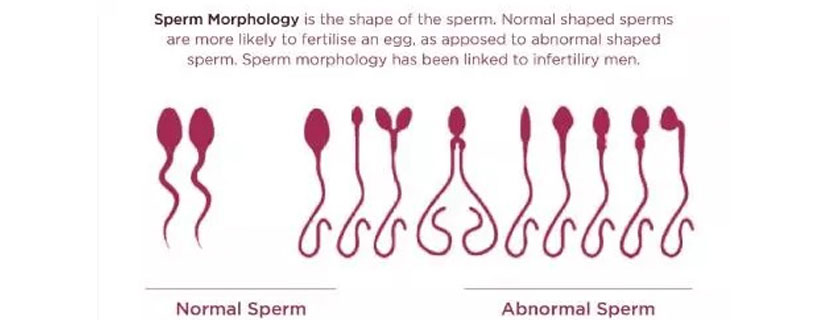Book Appoinment
Abnormal Semen Analysis


When a semen analysis shows abnormal results, it may indicate potential issues with male fertility. Abnormalities in semen parameters can vary and may include the following:
- Low Sperm Count (Oligospermia): A low sperm count is defined as having fewer sperm in the semen than the reference range. It can reduce the chances of successful fertilization.
- Poor Sperm Motility (Asthenospermia): Sperm motility refers to the ability of sperm to move effectively. Poor sperm motility may indicate that a significant number of sperm are not able to swim properly, which can impair their ability to reach and fertilize an egg.
- Abnormal Sperm Morphology (Teratospermia): Sperm morphology refers to the shape and structure of sperm. Abnormal sperm morphology means that a high percentage of sperm have abnormal shape or structure, potentially affecting their ability to penetrate the egg.
- High Percentage of Abnormal Sperm (Teratozoospermia): Teratozoospermia refers to the presence of a high percentage of abnormal sperm in the semen, including both structural abnormalities and functional defects.
- Reduced Semen Volume: Low semen volume can indicate decreased production or incomplete ejaculation of semen, which can affect the number of sperm available for fertilization.
- Elevated White Blood Cell Count: An increased white blood cell count in the semen may suggest an infection or inflammation within the reproductive system, which can impact fertility.
It's important to note that abnormal semen analysis results do not necessarily indicate infertility. Some individuals with abnormal semen parameters can still achieve pregnancy naturally. However, these abnormalities may decrease the likelihood of conception and may require further evaluation by a healthcare professional specializing in male infertility, such as a urologist or reproductive endocrinologist.
